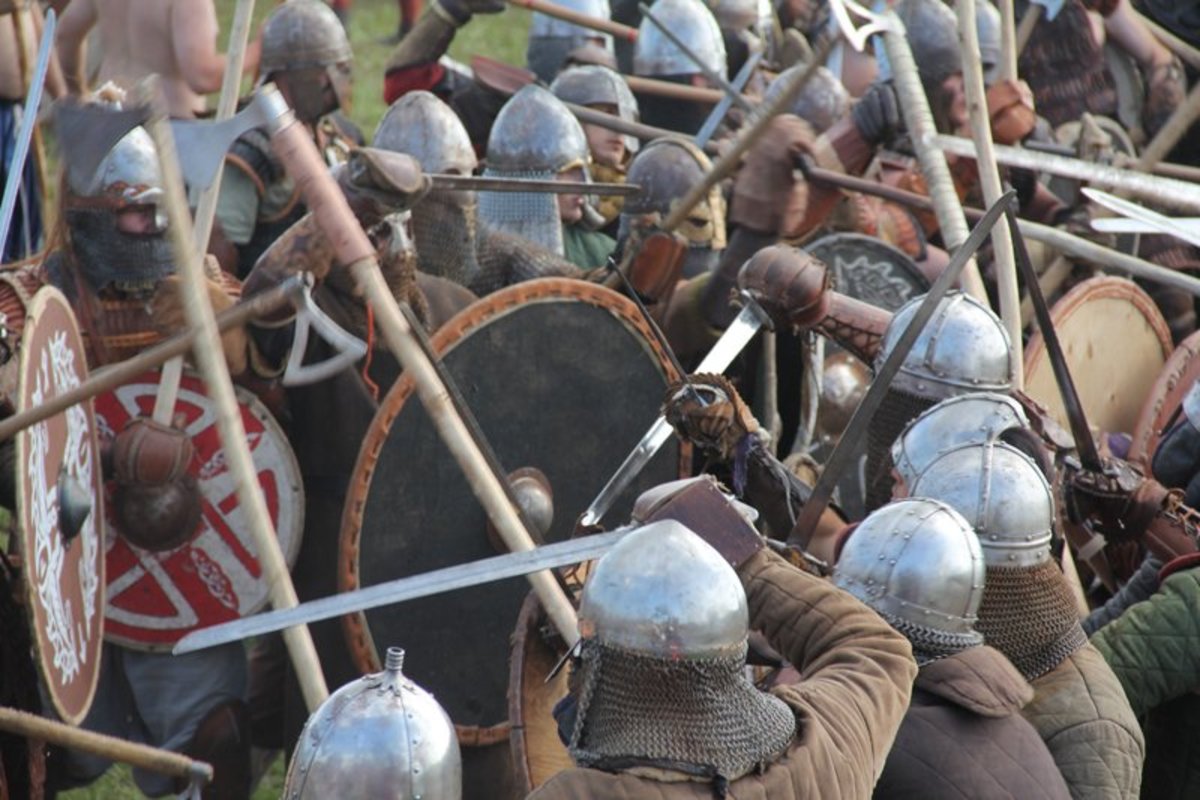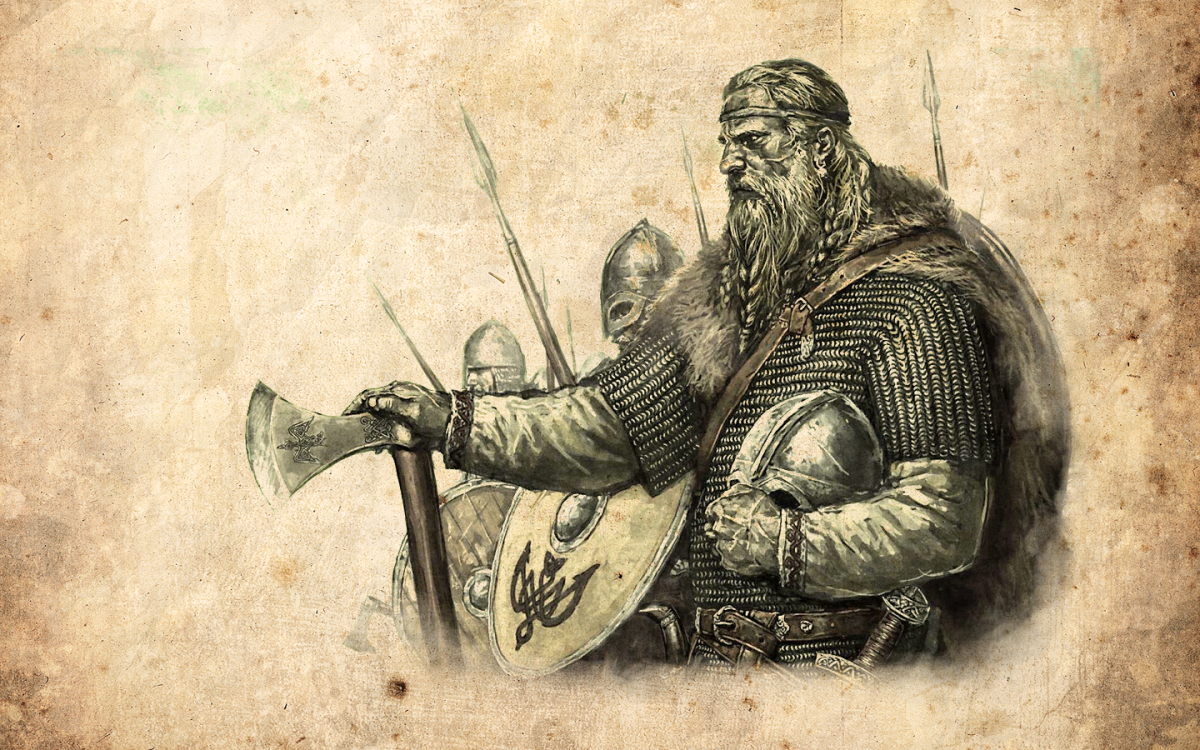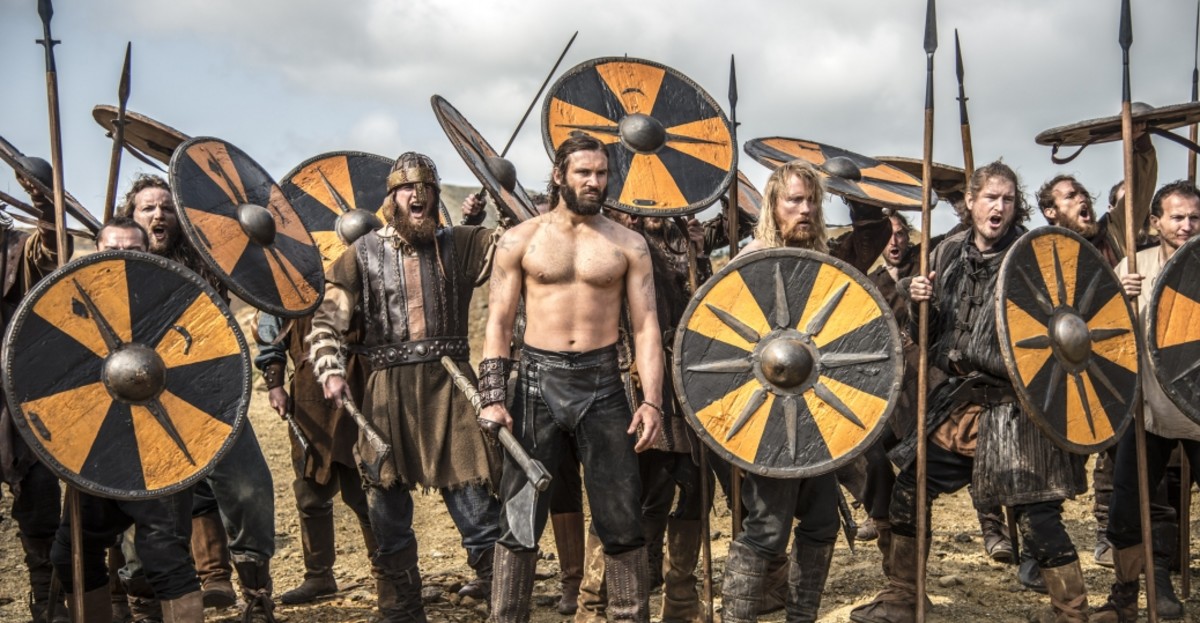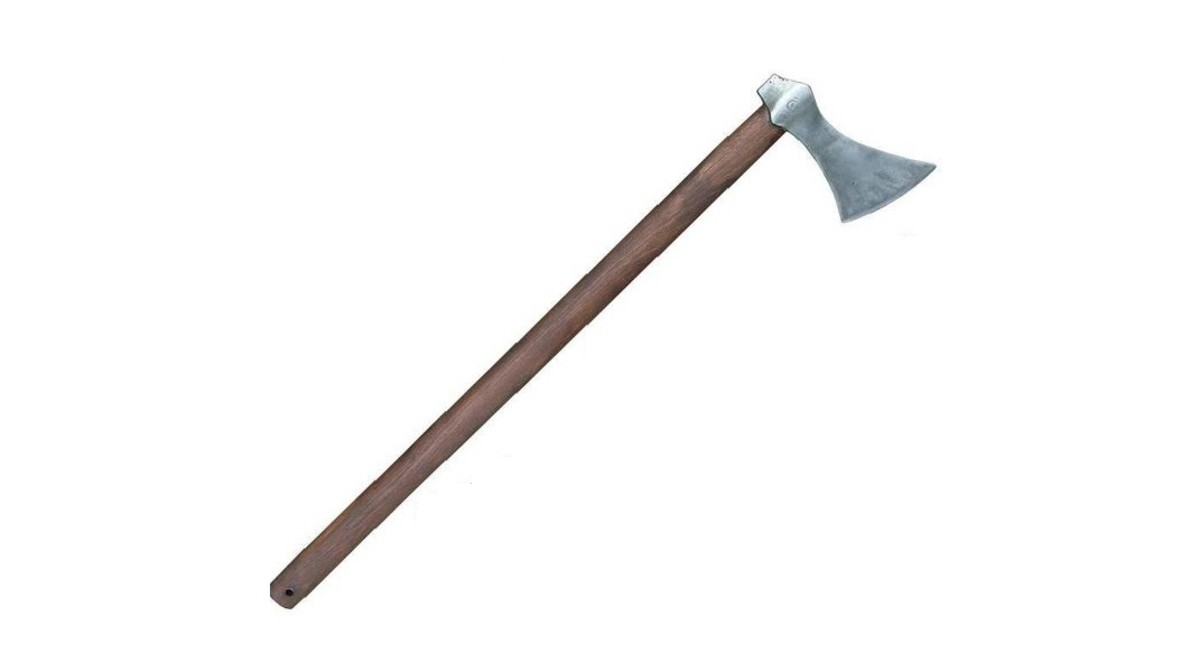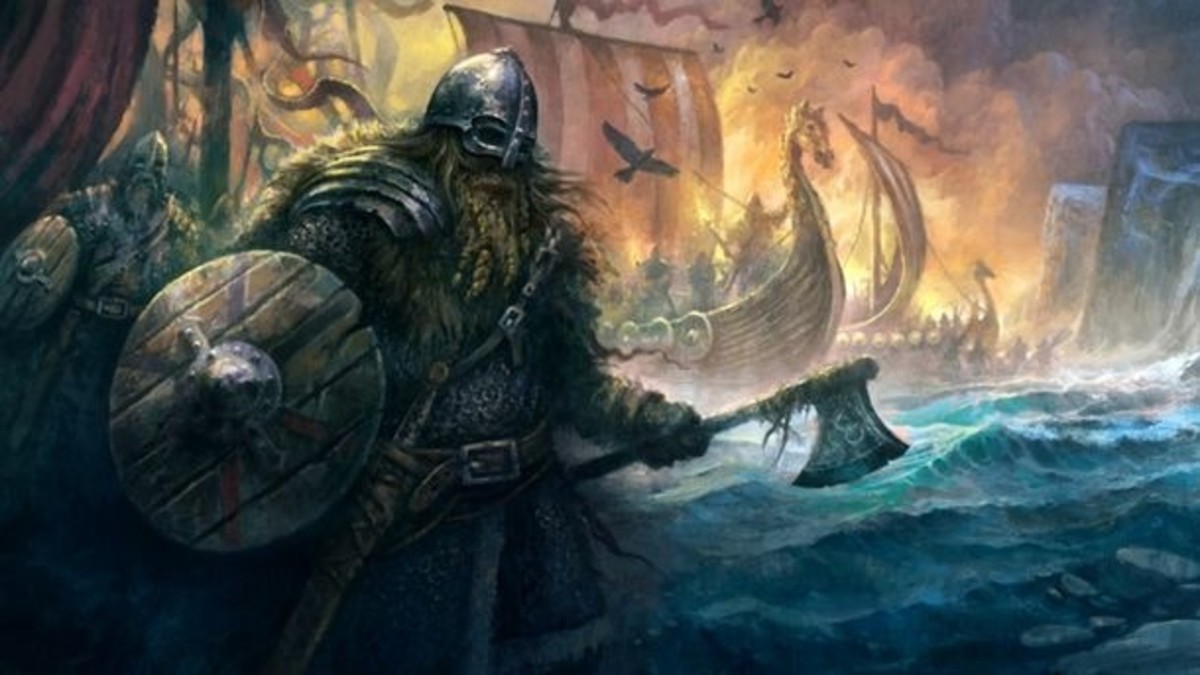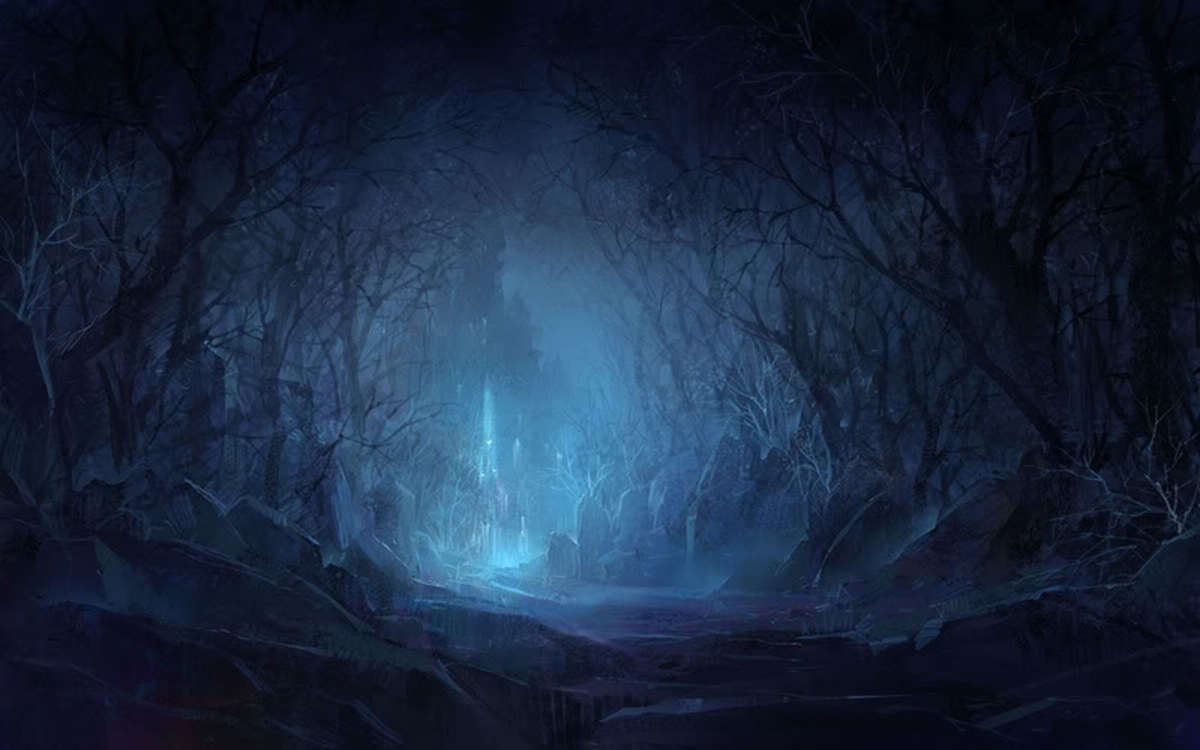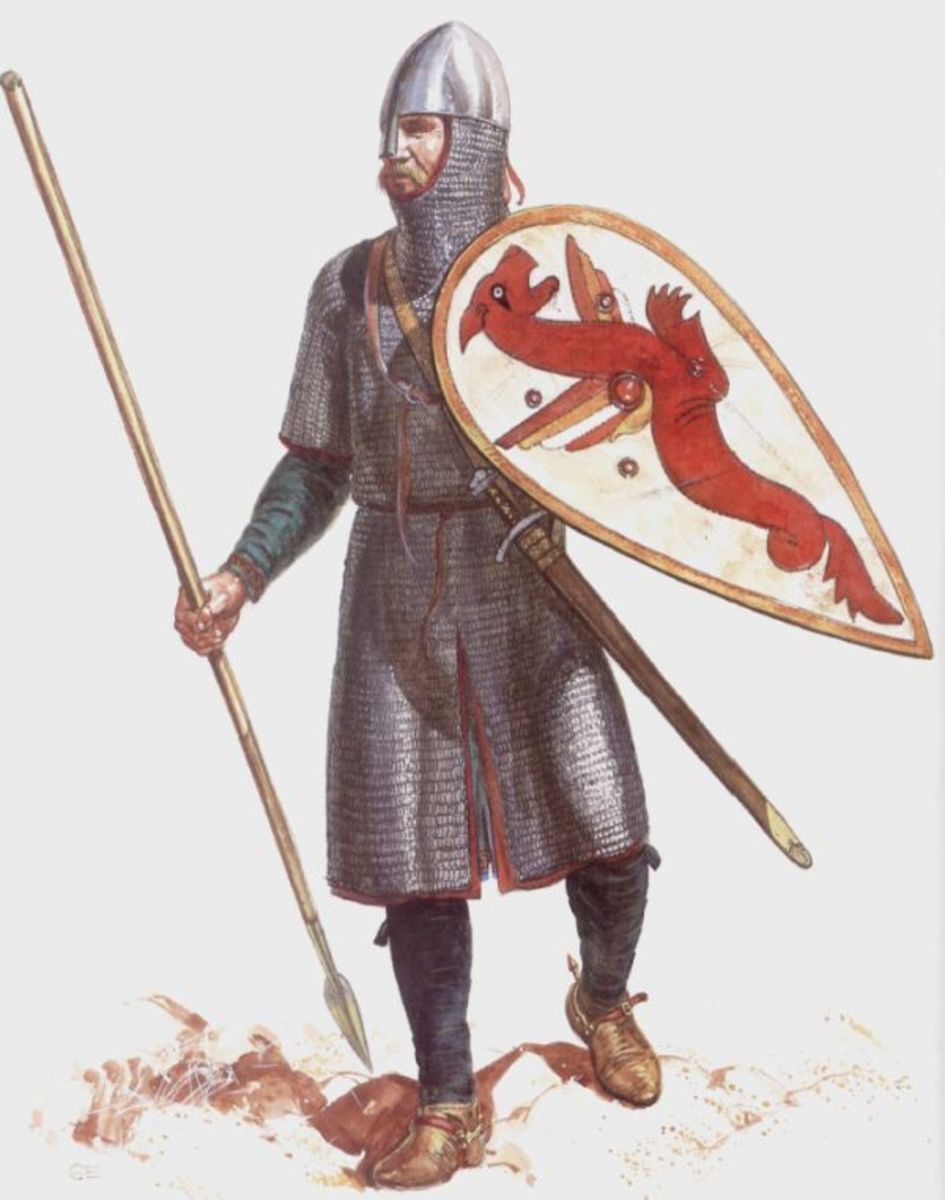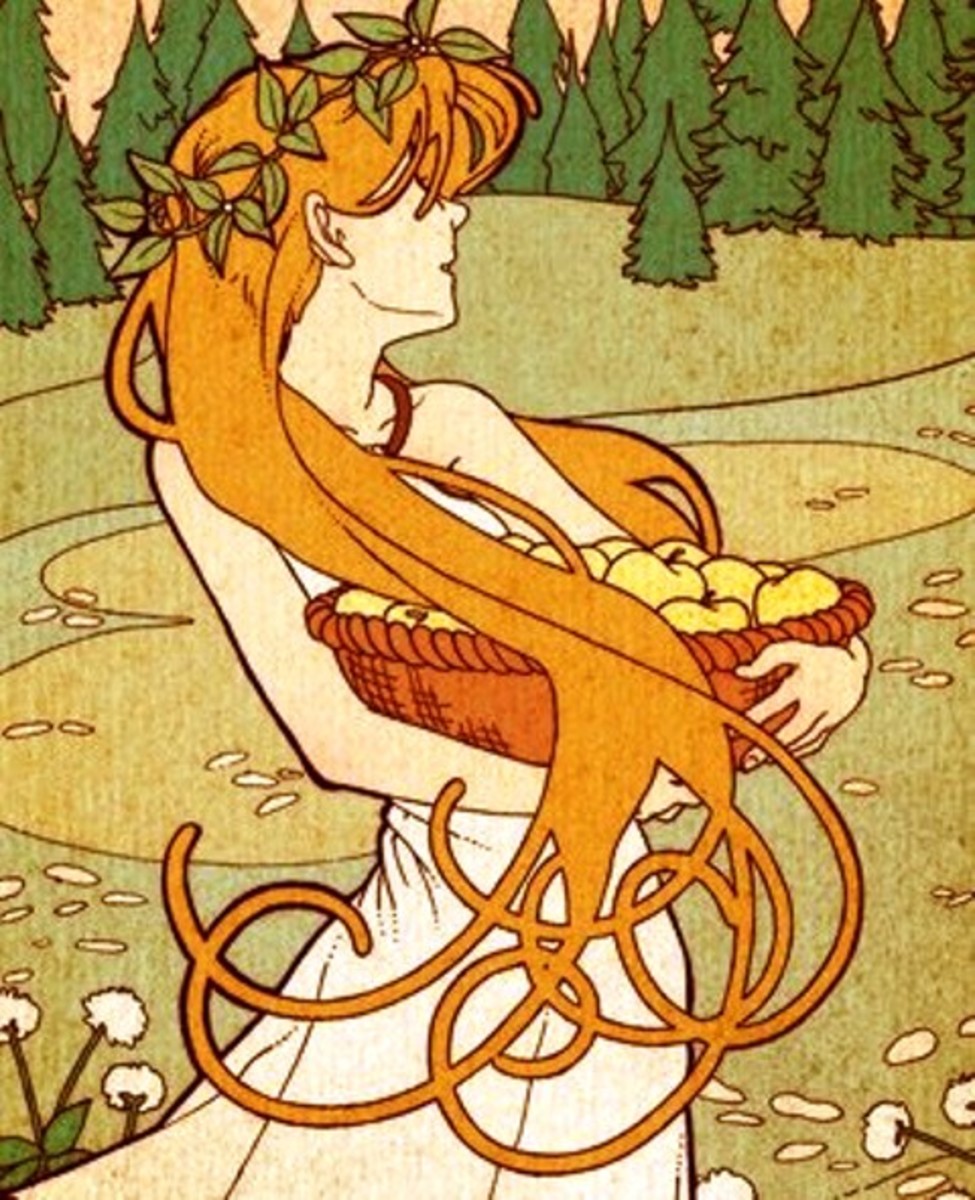- HubPages»
- Education and Science»
- History & Archaeology»
- History of Europe
Life as a Viking
Viking, Norse and their meanings
There is no agreement on what the term Viking means, where it comes from and who it applies to. As wild as it may sound, there is no agreement on whether there ever was a Viking nation.
The word Viking or rather Wicingas is found in Anglo-Latin texts long before the Viking raids on the west began. Wicingas usually referred to robbers, more specifically coastal marauders and sea-raiders rather than to a valiant nation of horse-borne barbarians with blue eyes and blond hair. The use of this word in English sources went on up to the 13th century remaining a synonym for pirate, rogue or scoundrel all along.
In Skaldic poetry the same word was used to mean 'them, the enemy,' be they Norseman, Bretons, or even English. There is also a similar word, Víkingr, found on some of the old Swedish and Danish rune-tablets to refer to both valiant sons marauding overseas and local scoundrels ransacking residential homesteads. In later references found in Icelandic sagas, Viking again means simply pirates.
Norse and Norsemen, on the other hand, are linquistic terms to describe Norwegians and their colonies having settlements in the north, but not Danes or Swedes who lived in southern and eastern regions. These three peoples were linked by a common tradition and mythology only in later versions of Old Icelandic literature.
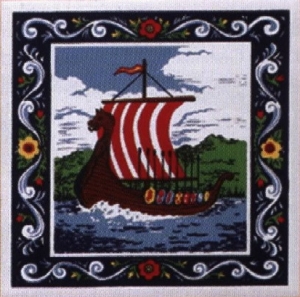
The Viking Age - when and where
Just as it is hard to pinpoint who the Viking were, it is also hard to define the period that could rightly be called a Viking Age. Generally speaking, this so-called Viking Age was coined in modern-day Scandinavia to label artifacts and archaeological finds from a less than palpable period of Scandinavian history.
The problem historians studying this field have to face is this: there is no agreed beginning or end of the Viking Age, there are no established geographical boundaries and no defining characteristics. Our perception of this age is based on the fact that there was a period in European history when certain areas of Europe such as Ireland, France and Southern England were constantly hit by sea raiders. But where did these attacks come from? When did they start and when did they end?
Viking raids started in the Roman Empire and went on in the Baltic up to the time of the Reformation. People living by the coasts of North and South Britain were no safer from pirate attacks during the time of the Hundred Years' War than they had been in the time of Alfred and Ethelred.
Current dating conventions for the Viking Age:
- AD 400 to 600 - Age of Migration / Early Germanic Iron Age
- AD 600 to 800 - Later Germanic Iron Age / Vendel Period (in Sweden)
- AD 800 to 1125 - Viking Age
Further facts and unifying principles to consider in this period are:
- AD 700 to 1250 - conversion from paganism to Christianity
- AD 1050 onwards - centralization of authority
- AD 750 onwards - formation of semi-urban settlements
- AD 600 to 1200 - beginnings of market exchange
- AD 600 to 1300 - increase in productivity and surpluses
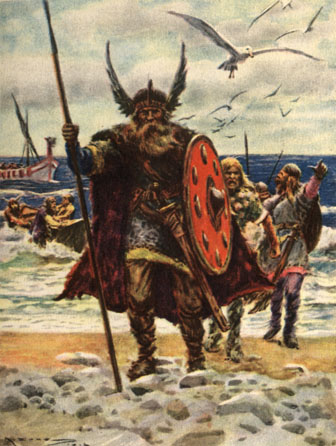
Ragnar the Un-worthless
Ragnar was a typical Viking male. He had a place in the social world of the time and he knew what it was. He was a respected man, father of several sons and daughters and the head of his family.
But because after his father's death his stronger brother, Úlfang, took all the wealth and power that belonged to him, and because he lived in a time of opportunity, good for unbridled individualism, he left his woman, kinsmen and animals in the longhouse to realize his fill potential. Early Iceland was like the American West, open for the taking and congenial to the uninhibited exercise of traditional heroic values, so he left the herd to find his fortune.
Ragnar, along with many adventurous male members of his family and other households, moved into a big hall where he could live like a lord among his dependents. It was a custom among the Norsemen to improve upon the names that were given to them by their parents. Because in this new court, there were three individuals bearing the same name Ragnar, he became Tóki the Un-worthless, whereas the other two he named Ragnar the Dwarf and Ragnar the Unwashed.
Among the Vikings of the time praise was often given by negatives such as the Un-worthless, the Unafraid or the Un-deceitful. Those who did not deserve any praise were named according to their qualities, bearing names such as the Goblin, the Hairy, the Self-Willed or the Ugly.
Before he could have set off for Iceland, Ragnar the Un-worthless had to raise money to keep his new war-band faithful and going. He indulged in raiding and violent land-taking. He also traded with the loot that he gathered on his missions.
Another way for him to keep his company together was to set strict rules for all those who would follow him on the road to self-realization. According to the custom of Germanic peoples he built a system whereby his dependents acquired all their individualistic values by virtue of belonging to his company. Those who were dismissed were outlawed and because every household feared the wrath of Ragnar's warriors no one would take them in.
Ragnar paid a sculptor to advertise him by erecting a huge monolith in his honour and carving his name into it. When he died, which was shortly after the monolith was completed, he was burried beneath it. But he didn't know, as he couldn't read, that the words on the stone read, 'Gaut made it, and all in one.' advertising the sculptor instead of him.
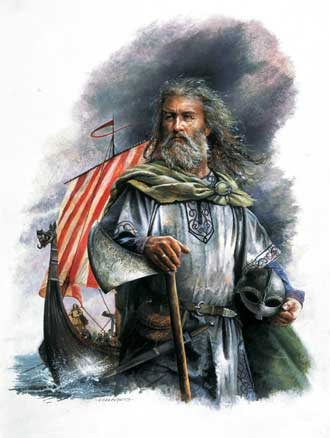
Theoren, Son of Bjarnus
Theoren was the son of Bjarnus the Shirtless and therefore he was named Theoren Bjarnusson. He was proud of his ancestry, he derived self-satisfaction from his name as it pointed to his creditable relationship with a mighty, influential, courageous and meritorious father.
He lived in his father's homestead with his wife and two daughters. He lost his two sons to the sea. Theoren believed strongly in the power of kin and that the collective ruled and shaped the individual. Families of the time had a double function: they were social units of organization, but also emotional centers where love of kin was the organizing principle. Theoren's life was ruled by the principle of association to his kinsman and family. They belonged to the wider family of the Halsings as they hailed from Halsingland.
As opposed to Ragnar, Theoren grew up named, trained, dressed, led and entertained according to rules set to uphold social cohesion and repress individual enterprise. He grew up in a world where he was responsible for the maintenance of social order for his fellow kinsman. In the absence of state, churches, cities and lordships, his family - just like many other families of the time - had several public duties. The armed defence of property and persons, the performance of religious ceremonies, the prosecution of crime at law were just a few functions families had to fulfill. Besides, economic life as they new it rested on their ability to produce food for both themselves and others, be it through farming, herding, hunting or in any other way.
When Theoren passed away, he left behind a strong and wealthy wife, now respected as the new head of the household. His wife made a pompous memorial for him and in it the words were carved, 'Hyngidr loved her husband, Theoren, therefore shall she have him be spoken of in praise and in lament.'
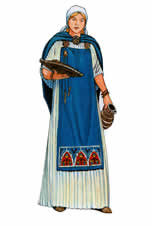
Sigrid the Strong-minded
Sigrid was a self-willed, independent woman, much valued and appreciated by her kinsmen. She was married to Olav the Hand who often went into war and was seldom with his family. Sigrid inherited the household of her father and enjoyed a good social standing. She had a son, Radulf Sigridson who was named after his mother and a daughter, Gunnhild the Beautiful.
Olav was a strong and powerful man, but he did not give Sigrid her power and esteem as she was self-willed, she derived her worthiness from her own being and she never submitted to her husband's will. She was a good housekeeper and a good mother, she always took initiative when it came to family matters. But also, she missed her husband much and did not approve of his behavior to leave his family so often.
Sigrid lived in the 10th century, which by today's historians is called 'the century of women.' There is a good amount of evidence that Viking women of the time were not only equal to men, but also they were appreciated and held in high esteem for their unique 'powers.' It was obvious and never denied that the raising of children, housekeeping and even such elusive arts as poetry and sorcery belonged to women much more than to men.
The most pompous Norwegian burial boat ever found by archaeologists belonged to a women. The highest burial mound crowning the northern landscape was also raised over a woman. Wall hangings found at several sites depict women as heads of household, owners of land and herd, and conductors of religious rite.
Although, her sisters excelled as fighters and were both buried with military accouterments, Sigrid always refrained from the brutal acts of war. She was a talented poet and a respected oracle of the people. Her talent as a seer showed at a very young age and for this she was always protected and treasured by her kinsmen. In reality, Sigrid was more than capable of taking care of herself and her loved ones. As she grew old her innate talent became prophetic and in religious rites she functioned as a mediator between Gods and men, or more precisely between the world of the after life and this one.
Her art was called the art of Seidr, which was practiced by Viking women to discover the fates of men, to see the things that were yet to come, and to protect themselves and their family by bringing about the death or misfortune of all those that would oppose them. Moreover, Viking men feared that these women could deprive them of their wits and strength and give these precious qualities to others.
When Sigrid died, she was buried with pairs of scales in acknowledgement of her excellent housekeeping skills, and a key symbolizing her control over family meal and treasure.
Viking Social Ideals
The lives of Ragnar, Theoren and Sigrid reflect the conflict of different life values in the Viking age. All three of them lived a true Viking life, nevertheless these lives were the reflection of different values and worldviews - one more individualistic than the others.
The characters of Ragnar, Theoren and Sigrid are fictional, but nothing else is. The details presented here are based on the work of leading archaeologists and researchers of the Viking Age.
There are basically two different types of sources of information whence the majority of our knowledge of the Vikings comes today: Skaldic verse and Runic inscriptions. These sources present us with two different systems of social norms. In Skaldic verse, we find the ideal of an aggressive, vindictive, fearless man who spends most of his time waging war upon other nations and brings home fame and riches for his household. He is seldom seen by his family, much feared by his enemies or the weaker in general. In Runic epigraphy, however, we see a different ideal and a different man, who is respected for his social status, for his relationships to others, for his good housekeeping, for his local influence, for being a valuable father and husband.
Generally speaking, Skaldic verse and poetry gives us an individualistic, enterpreneurial and heroic view of life, whereas Runic epigraphy lays more emphasis on social and family values. There is no doubt that Vikings had a complex social build in which there existed more than one way for the individual to thrive and realise their full potential.
Do you think Vikings were a civilized people?
Related Topics
- The Celts - by frogdropping
The Celts were an ancient people that were more a melting pot of different tribes than they were a cohesive society. - The Roman Empire - by darkside
The period which Rome controlled most of the Mediterranean world is known as the Roman Empire. The term empire refers to both the extent of Rome's territories and the type of rule. - Atlantis the Lost City - by k@ri
Has the lost city of Atlantis been found? Someone claims to have found Atlantis using Google Earth. Plato, the great Greek scholar, seems to think Atlantis is real. What do you think?


